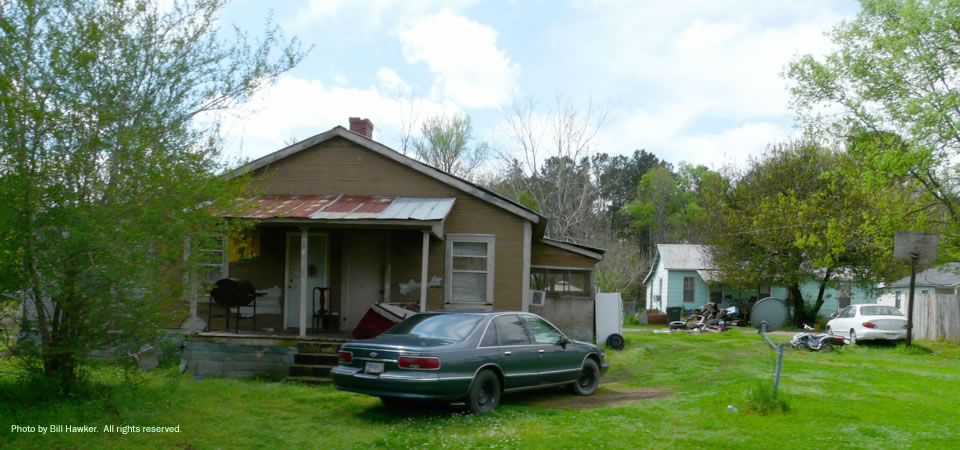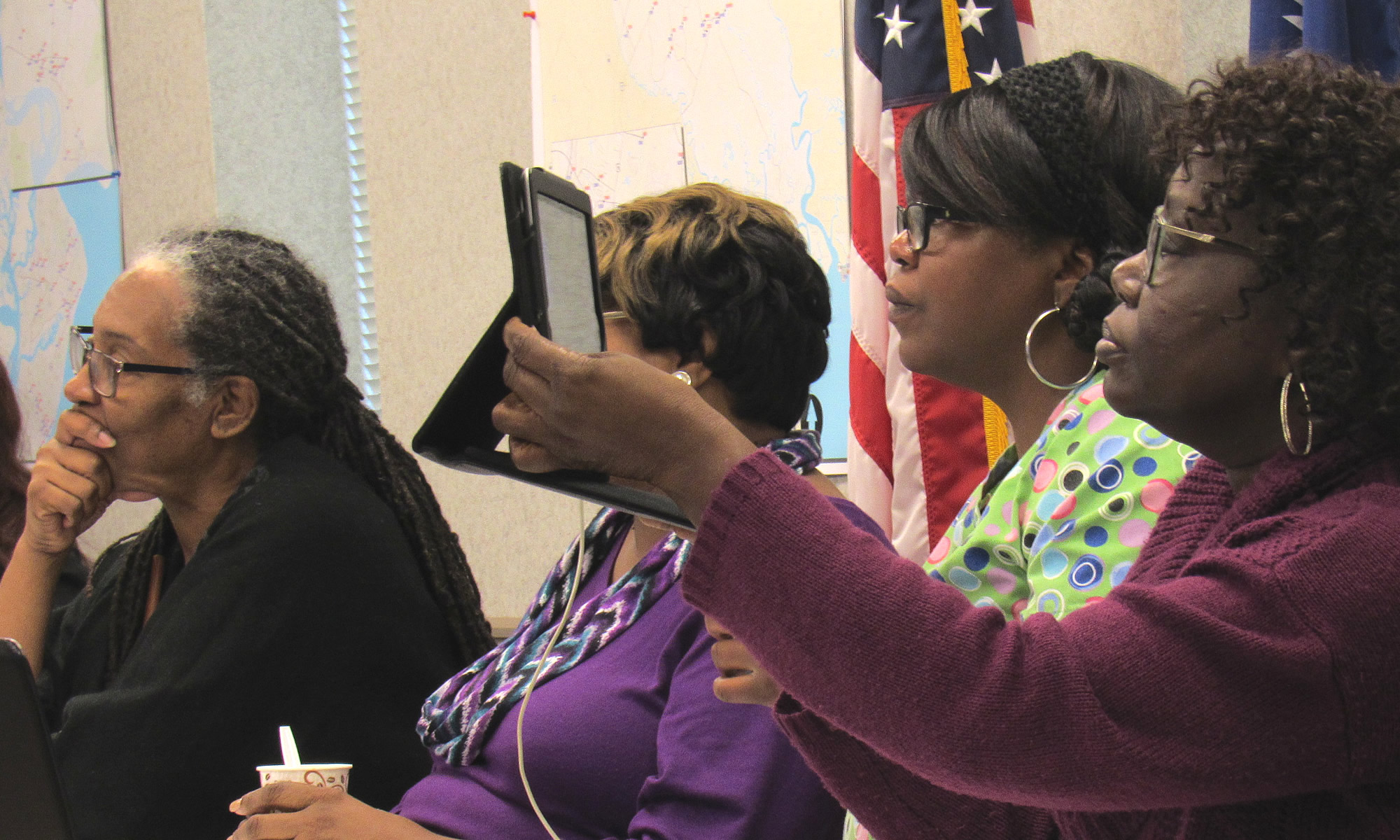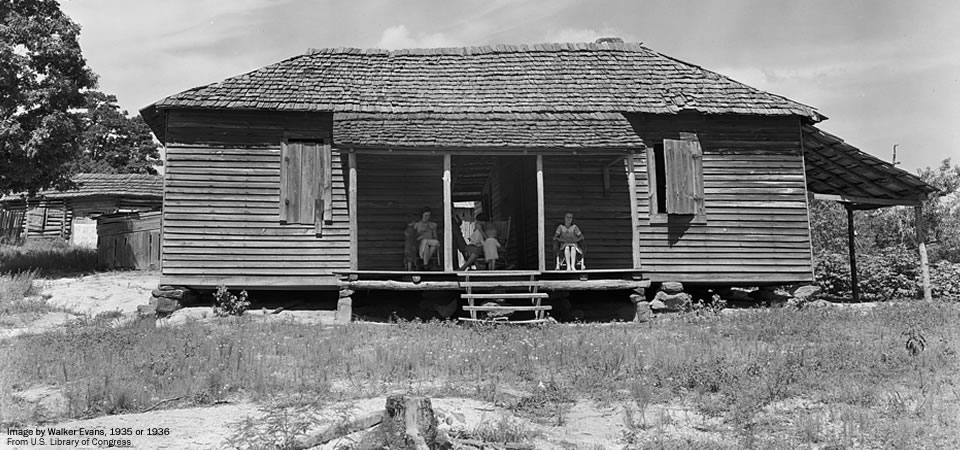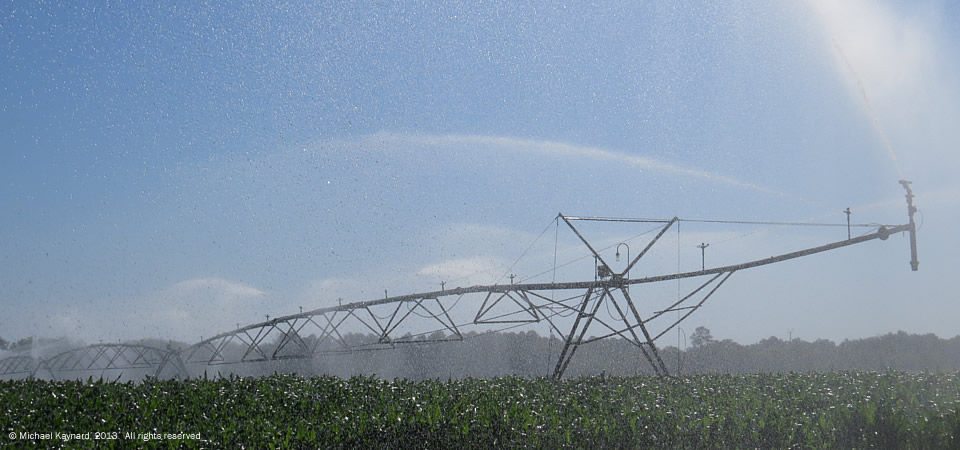
The term “Black Belt” means different things to different people. For geographers, it means a swath of black topsoil that cuts through the middle of Alabama that was the foundation of cotton crops and an agricultural economy. For sociologists, though, it is a term that reflects a crescent-shaped region that includes the same area of Alabama, but stretches westward toward the Delta area and eastward through Georgia, hooking northerly to the Carolinas and Tidewater Virginia — the area we call the “Southern Crescent.”
The picture above is from Bellamy, Ala., and is representative of the poverty found throughout the Crescent. Bellamy, which has about 500 people, a post office and a health center, was several miles from the closest gas station or country store on our last visit to the area in 2009. Bellamy is in rural Sumter County, Ala., where 38 percent of the population lives at or below the federal poverty level.
- QuickFacts about Sumter County from the U.S. Census
- More on the “Black Belt”
- SIGN UP to get a photo from the Southern Crescent sent to you every other day by email.
Photo by Bill Hawker, Sydney, Australia, in March 2009 for the Center for a Better South. All rights reserved.



